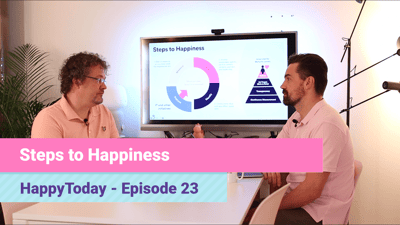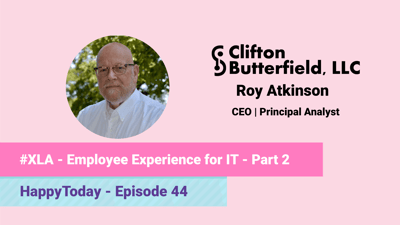IT Support Profiles
In HappySignals measurement tool, we define employee into four different behavioural profiles.
Related content

3 minute read
12.12.2019
Steps to Happiness in Employee Experience
In this episode, Pasi and Sami discuss the HappySignals way to achieving Happiness in Employee Experience. Including ...
Read more >

